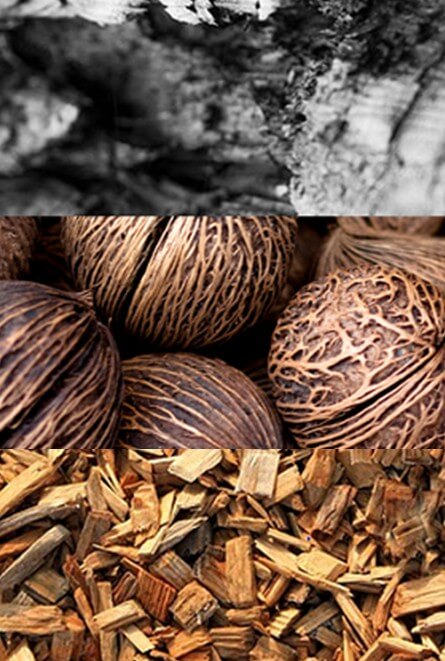
Most activated carbon filtration systems are manufactured from raw materials. Three common materials are coconut, charcoal and wood. These materials vary in density, hardness, surface areas, pore sizes, ash, pH and extractables.
Activated carbons are matched to the appropriate application based on these characteristic differences.
Carbon filtration systems utilizing coconut-based raw materials offer high-efficiency filtration for the oil and gas industry. This is due to the fact that up to 90% of the surface area of coconut-based activated carbon consists of micro pores. These minuscule micro pores are approximately the same size as many contaminants, which naturally advances the ability of coconut-based activated carbon to capture contaminants.
Following are more reasons coconut-based carbon filtration is so popular in the gas and oil industry:
Though less efficient than coconut-based activated carbon, charcoal activated carbon filtration still provides a substantial micro pore surface area. However, the efficiency and applications that are suited for charcoal-based systems depends on the type of charcoal used -- anthracite, bituminous or lignite.
While providing superb filtration, peat- or wood-based activated carbon systems are the least efficient when drawing comparisons between coconut raw materials and charcoal. Wood-based activated carbon characteristics consist of primarily meso and macro pores, which are better suited for capturing larger molecules.

As an Energy Industry Professional Neil has a well-rounded knowledge of what it takes to effectively produce oil and gas to maximize the benefit. For the past 34 years working in the Oil-Patch, Safety and Environmental Protection has always been important to Neil and his associates. Neil feels Energy Companies and the Industry have come a long way to do things better and safer while continuing to contribute to a Global Economy and continues to look at the future with a positive attitude.